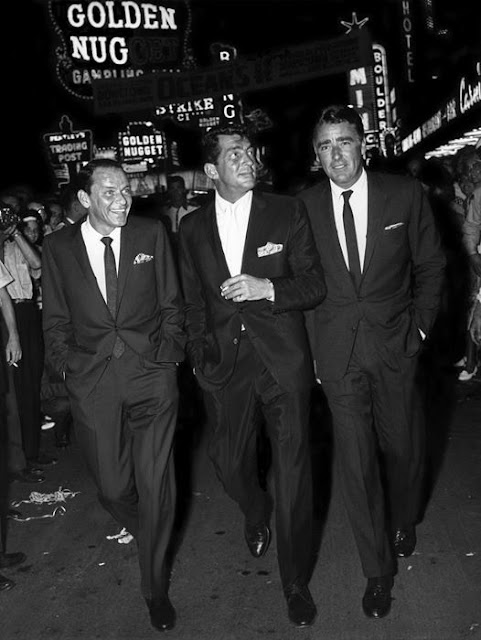Chalk streams are regarded by their admirers with an affection which is unreasoning as true love ever should be, and of all such streams, the Test commands their deepest devotion. To appreciate its full individuality you have to go to the middle or lower reaches. The higher stretches are delicately beautiful, but you must get down about to Wherwell before the special qualities of the Test are apparent. There are its broad valley, the half cliffs, the swing and rush and depth of the river, and its strong clear volume. Most people think that Hampshire streams consist either of thin shallows, spread wide between flat meadows, or else still almost steamless depths, and it is a surprise to find the Test is strong, quick and deep. And, in spite of all the damage man has done and is is doing, it still keeps its character. Perhaps, to those who can look back so many years as I can, it has deteriorated. On the whole the hatch of fly is less plentiful, for you do not so often see those great volumes which were common thirty years ago. But I am satisfied that small fly is increasing and mayfly is quite as thick as any angler could want. In the upper reaches, too, trout are less abundant. Lastly, I am convinced, though the conviction rests on fallible personal observation, that the water is not as clear as it was. In order to appreciate the change, you have only to look at one of its pure tributaries, such as the Bourne, and you can then realise what the old Test was like. It was not so much that the water was stainless,: many streams are that, such, for instance, as the Dartmoor brooks: but it was as if it possessed a crystalline quality of its own, different from all other water. The colour of weeds and stones and gravel, seen through its medium, was not only not dimmed but acquired an added brilliancy and radiancy. This you do not see now, and in fact, even the upper Test is slightly tinged with colour. But still, in spite of the wear and tear of time, in spite of man and his many iniquities, the essential Test remain to us. She is still the greatest trout river in the world,: and it is to be hoped that this present generation will hand her on unspoilt to their successors.
'A Summer On The Test' - John Waller Hills, 1946
 |
| The Test at Wherwell |
Return to Journal Index







